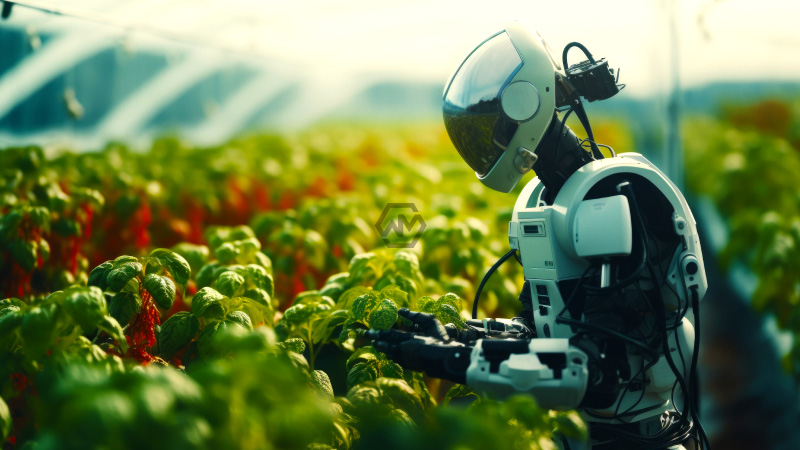- Agriculture robots enhance precision farming through applications like weeding, seeding, and spraying.
- Major players include Yamaha, Blue River Technology, and Agrobot.
- The market is expected to grow with advancements in AI and automation, despite challenges like high costs.
The North America Agriculture Field Robot Market is evolving rapidly, with the demand for autonomous farming machinery on the rise.
The primary drivers are labor shortages, the need for efficiency, and precision agriculture, which aims to minimize waste and improve productivity.
Transforming Farming: The Rise of Agriculture Robots in North America
Looking ahead, we can expect the market to continue growing as companies invest in more sophisticated technologies. However, challenges such as high initial investment costs and regulatory barriers could slow down adoption. Regional variations are also significant, with North America being a leading market and Latin America showing strong growth potential. Overall, robots are set to revolutionize agriculture, making farming more efficient, sustainable, and profitable.
One of the key challenges for the agriculture field robot market is the high upfront costs for farmers. This, coupled with the need for regulatory approval of autonomous machines, has slowed widespread adoption in some regions. Nevertheless, major players in the industry, such as Yamaha and Bear Flag Robotics, are making strides by developing more cost-effective solutions. Government incentives and farmer education will be crucial in driving future growth in the sector.
The rise of soil management robots has also made data analytics a crucial aspect of modern farming. These machines provide valuable data on soil conditions, weather patterns, and crop health, enabling farmers to make informed decisions. The result is smarter, more sustainable farming practices that not only increase efficiency but also promote long-term agricultural health.
As the market grows, expect continued innovation in robotics aimed at expanding the capabilities of these machines. Future developments might include more multi-functional systems that offer a broader range of services, from irrigation management to crop monitoring. The next decade could see farming transform into a highly automated, data-driven industry, unlocking new levels of productivity and sustainability for North American agriculture.
The North America agriculture field robot market is poised for significant growth, driven by innovations in automation and precision farming. While challenges remain, the potential for more efficient and sustainable farming practices offers a promising future for the industry.
“Agriculture field robots help farmers in reducing labor dependency, increasing operational efficiency, minimizing crop damage, and improving overall yield and quality.”



